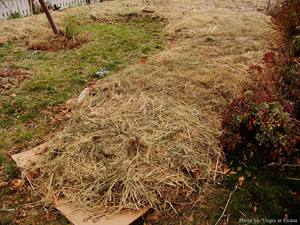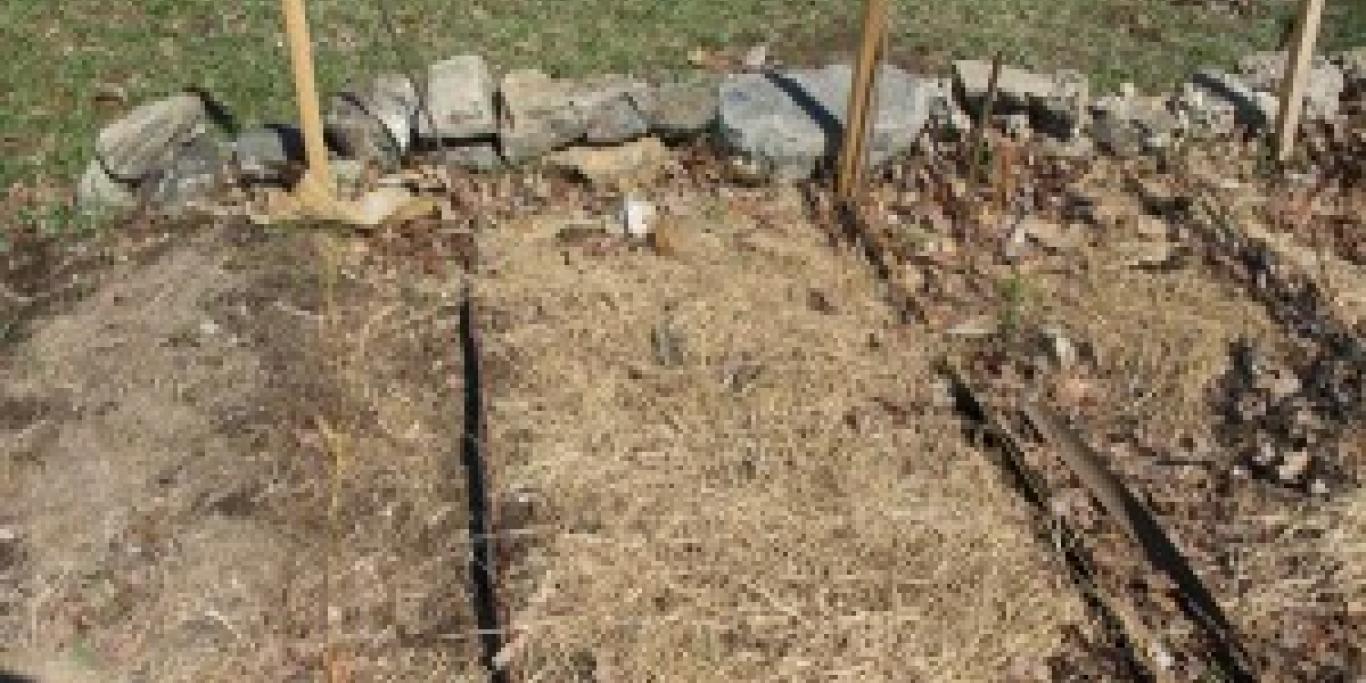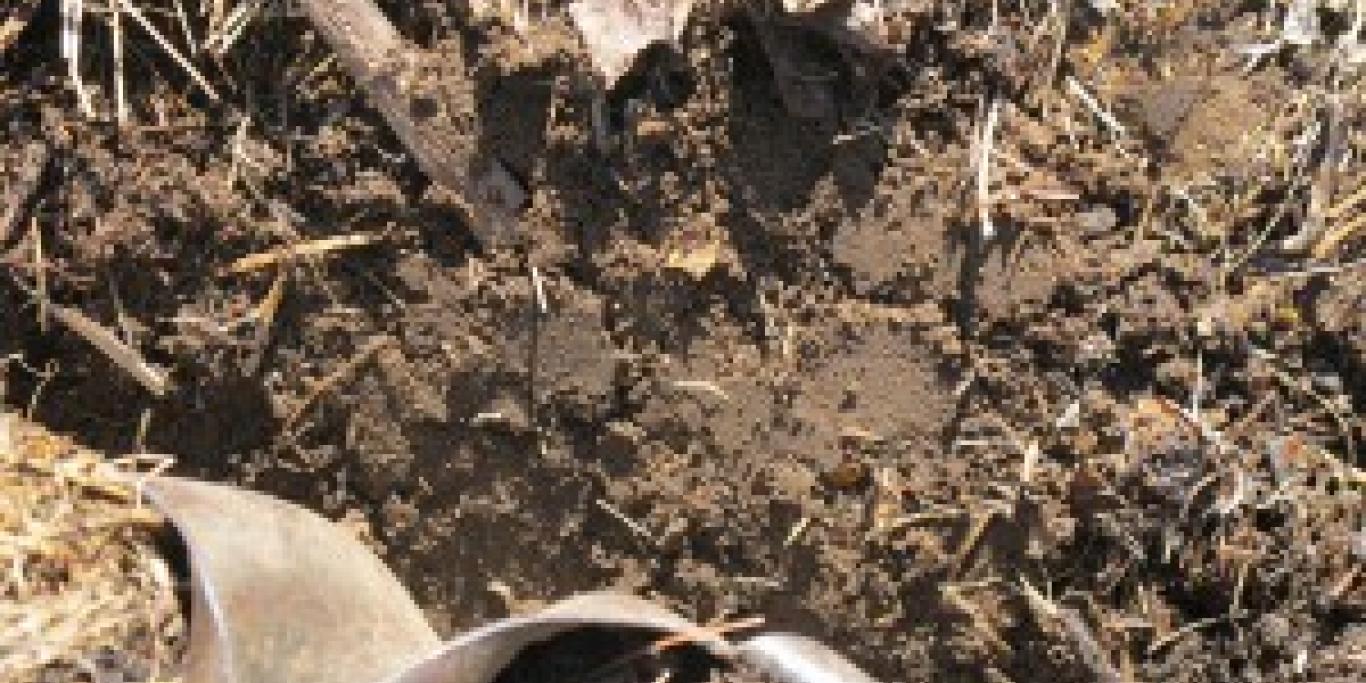
Are you starting a new garden bed this year or sprucing up last year's? Two years ago I wanted to start a vegetable patch to expand on our family’s cottage garden, but there were two problems: my chosen plot was covered in three foot tall grass, and I hate seeing bare soil.
The first problem is obvious: whether you dig or rototill your beds, there's enough bending, shoving, and straining involved to reduce anyone's garden plans to a few containers on the windowsill. My second problem needs some explanation: I have a background in organic agriculture and environmental science, and when I see soil being churned up and baking in the sun, I cringe because I know this process makes life harder for all the bugs and worms, microscopic organisms, and fungi that can help garden plants digest nutrients. On top of damaging the soil ecosystem, uncovering the earth means losing a lot more water through evaporation. Think of the difference between exposed soil and the moist, dark soil you see when you dig under a layer of sod, for instance.
So my mum and I "dug up" some books on a method called "lasagna gardening" or "sheet composting", and went painlessly from waist-high grass to a thriving and easily-managed vegetable patch. How? You may find the answer disappointingly simple! We just covered the whole garden in overlapping cardboard and/or newsprint, and then piled on a few layers of compost and dry grass. That's basically all there is to it, though there are some tips to keep in mind:
- If you are covering a weedy patch, make sure that your cardboard overlaps, and that if you use newspaper, you have at least four or five layers. You'll then want to water the layers if possible to keep them from flying away, and to get them to start breaking down.
- You can use almost anything that you'd normally put in compost to cover the garden, but try to make the "brown layers" (dry vegetation like dried grass, hay, dead leaves) about two to three times thicker than the "green layers" (actively decomposing material like green grass, fresh compost scraps, etc).
- Good sources of brown material include neighbourhood yard-waste bags (you may want to ask first!), dead leaves from the park in the fall, and anyone you know who needs to get rid of some grass clippings. Finding the green material can be harder, but if you know a farmer you may be able to buy some manure, you can stockpile your own compost somewhere out of smelling distance, or you can purchase compost from the city. As for cardboard or newspaper, ask at local shops or wait for recycling day.










